by Rod Leslie
By going out and enthusing the thousands of small woodland owners into managing their woodlands and by providing support rather than ‘jumping through hoops’ regulation, with every part of Government from FC Forest Services to Ofgen charged with outcome-based targets of hectares, cubic metres of timber and Kilowatts of energy.
I would free up resources by de-regulating the best, removing regulation from UKWAS certified woodland as the starting point.
However, rather than abandoning them I’d recruit the best – forestry agents and companies, big estates, the top contractors and, of course, the FC forests themselves into supporting management of more and more woods – ranging from providing professional advice to managing operations, especially timber harvesting, to carrying out the work directly for owners who want a ‘plug and play’ solution: a completely eclectic no barriers, no dogma approach to mobilising the maximum effort as efficiently as possible, regardless of private:public prejudices.
As a possible model I’d suggest:
- Because of time and effort required, trust in the neutrality of advice and regulatory oversight, Forest Services (FS) are probably best placed to make the initial contact with disengaged owners.
- In contrast to the current ‘respond on request’ approach, special FS ‘hit squads’ should target a limited area, aiming to engage with most or all woodland owners.
- FS should go out there to ‘sell’ the product, rewarding owners for engaging.
- FS should take a ‘production line’ approach, for example template based woodland plans, adapted to the locality, where the woodland officer ‘personalised’ a standard plan following a short site visit.
- Owners could then engage with one of the range of approaches such as Ward Forester, Sylva’s ‘My Forest’ or link up with a local estate rather than having to ‘go it alone’. Helping small owners at one end of the scale, this would also, at the other end, achieve the key objective of building scale – and cost effectiveness – in the wood supply chain.
- FS should develop ‘bottom up’ recording systems, collecting available data on the whole woodland resource with the initial objective of at least a map of ownership, without which not much else is possible. The opposite to systems where all the boxes must be ticked before a property can be registered.
- To resource this approach, as well as (modest) savings on regulatory work, FS should continue the trend of moving money from direct operations towards paying for expertise such as forest planning. This money may well end up in the same pockets it does now whilst lower regulation and the increasing value of the wood business should offset reductions in grants to estates. However, in making changes it’s vital not to ‘lurch’ and create uncertainty in an already uncertain marketplace.
- Other Government money should be outcome targeted: recent FS grants for forest roads to access timber are a case in point: although expensive, they have been very well received as hitting an absolutely key need for business. For Government, this is an asset that lasts and returns on the investment time and time again.
- All Government bodies in the ‘supply chain’ such as NE and Ofgen should be engaged within the overall ’10,000 ha’ target. I am categorically NOT advocating any reduction in regulatory standard but rather that where regulation currently creates a barrier, organisations should adopt the same pro-active approach to helping owners achieve the highest standards advocated for Forest Services: it is about Government helping people through the necessary hoops, rather than tripping them up at every hurdle.
Engaging with thousands of owners of neglected woodlands will in itself advance the core recommendation of the IFP report: the development of a new woodland culture. For more timber harvesting to happen, the broader public as well as woodland owners need to be engaged and informed: maybe there can be a broader ‘lifelong learning’ approach around our woodlands, exemplified by initiatives like the HLF funded Forest of Neroche project in Somerset ? Maybe, in addition to helping woodland owners, the best estates could be supported in arranging forest visits, in the same way farmers can be grant aided for educational farm visits ?
The prospect that real business (albeit supported by RHI) will provide much of the finance for the woodland revolution looks increasingly good: wood energy could be the outstanding renewables success story and a very big ‘Department for Growth’ story for Defra.
For me at least, there is also an urgency to the recovery of woodland biodiversity. That it is not a high priority for the nature conservation bodies is their problem which hopefully they will eventually work through. In the meantime, it’s worth bearing in mind that the British Government’s treatment of this particular conservation issue might well be open to challenge already under the Habitats Directive: we know quite clearly what the problems are, and, in contrast to agriculture where Government may be failing but is clearly trying, action for woodland is currently fragmented and ineffectual, especially in engaging with 500,000 hectares of largely native neglected woodland in England.
In terms of current debates on organisation within Government, I wouldn’t advocate any particular solution BUT rather that options must be tested against outcome-based fitness for purpose. It is crystal clear that a leadership/management approach is crucial to Government engagement and that an adminstratively led solution (tidying up Defra’s organisation plan by putting FS in with NE, for example) will fail practically and politically.
Click here to read more articles by Rod Leslie




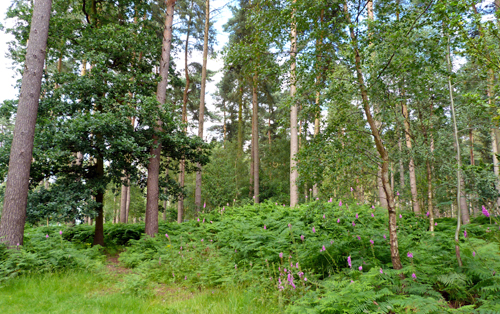









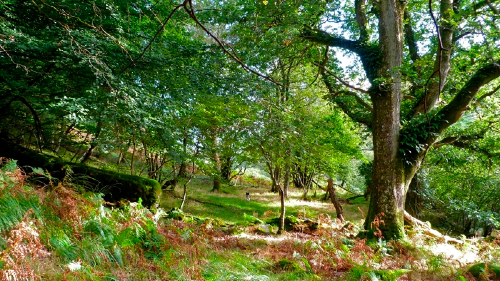
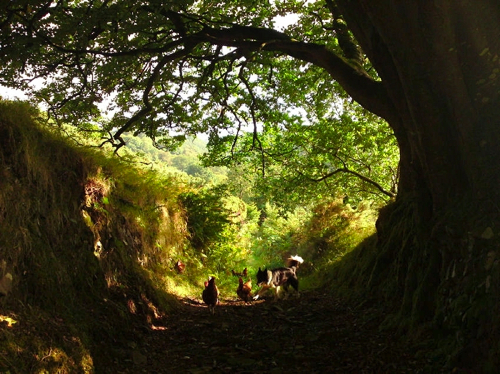



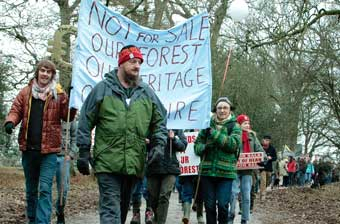

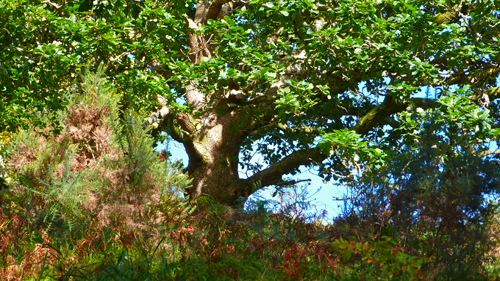


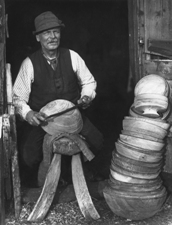



thanks Rod
good article. I can’t help thinking that some stick is needed to reach these targets.. Could we not make woodland restoration a cross compliance requirement ?. This would make many farmer owners think hard about managing their woods, or leasing or letting them to someone who will.
We have spent years trying to persuade ownersto managed their woods. We have best results with new owners who have only recently bought or inherited them.
kind regards
Simon
Simon – thanks, a very interesting comment and you may well be right. Farmers are farmers not foresters and on top of that farming itself has a very long running trend of becoming more and more specialised, exactly the opposite culture to what is needed to get farmers interested in woods. Engaging woods in the CAP process could well be the right way to go – especially as farmers would certainly think about managing woods before being forced into in-crop compliance options.
Rod
I think a bit more pressure could be put on the ‘pheasant industry’ which results in a serious impact on biodiversity in many woods. Releasing exotic poultry and feeding them in the wild should be conditional on full ecological mitigation. All pheasant releases within UKWAS woods, should be subject to an ecological impact assesment, and appropirate measures drawn up.
Simon
Simon – an interesting point ! Yes, Pheasants can have a direct ecological impact especially if ‘super stocked’ for very commercial (numbers game) shoots. However, they probably actually do even more harm through limiting woodland management. Keepers are conservative creatures and terrified of any sort of disturbance. Ironic really, as research I commissioned with the Game Conservancy in the late 1980s showed that the right management – especially letting in the light – benefitted both Pheasants and butterflies (our widlife ‘surrogate’ in the study). Good management creates more shrub layer and temporary open space – traditional Pheasant management leaves the woodland floor shaded out, cold and without shelter for the pheasants.